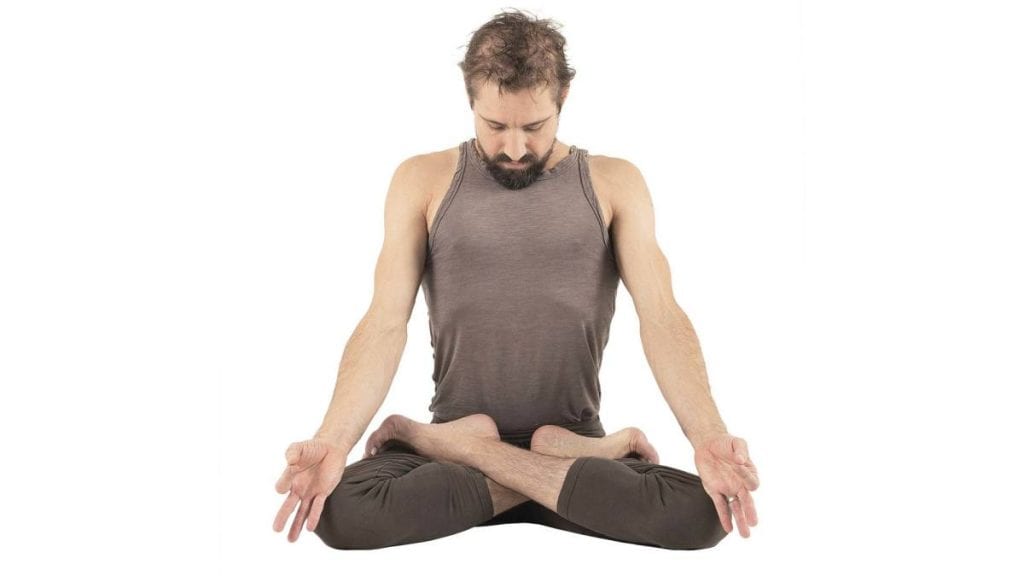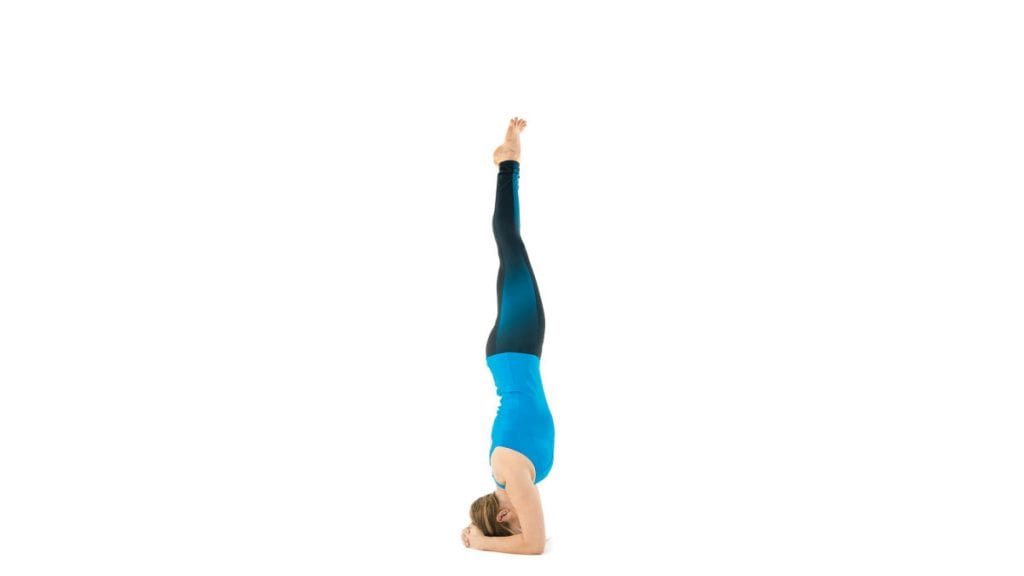The Anxiety Statistics:
In this technical world, stress, anxiety, and depression have become a part of the routine of humans. It doesn’t matter whether someone is living in a peaceful village or a highly developed urban city; it is common that you feel depressed and stressed. According to WHO, there are around 264 million people affected with anxiety across the globe. The severe intensity of anxiety might lead to the suicide of a person. WHO also stated that close to 800,000 people die due to suicide every year.
Causes of Anxiety:
The reasons for anxiety may be anything including the work pressure, loss of interest in living, problems due to relationships and the list goes on.
People who are suffering from anxiety often tend to consume more alcohol and tobacco which might lead to adverse effects on the health condition of an individual. Many diseases like Diabetes, High Blood Pressure are due to increased stress levels.
To battle the anxiety, one must be able to maintain inner peace in the first place. This is exactly where yoga steps in. Do you know that simple pranayama can help you stay calm and composed the entire day?.
Meditation and Yoga reduce the release of stress-causing hormones like cortisol and adrenaline which are the main driving factors for depression caused due to anxiety.

Can Yoga Practice Heal Anxiety?
Acknowledging the numerous health benefits of yoga, every therapist is now recommending yoga and meditation for improving the mental health of patients. Improved mental health can have a great effect on reducing the severity of diseases like Diabetes, Obesity, Flat Feet, etc.. “Yoga is the process of eliminating pain – pain form the body, mind and the society,” says Amit Ray.
The best part of Yoga is that you need not go to the gym or you need not have any types of equipment unlike the physical exercises to practice. All you need is fresh air and a calm mind.
Yoga Poses for Anxiety
If you are one among those people suffering from any problems related to anxiety and depression, then below are a few yoga poses you can practice regularly to improve concentration, sharpen your brain and thus relieve yourself from stress, anxiety, and fear. Here we go…
The Padmasana:
History:
Often referred to as “The Lotus Pose”, is one of the ancient yoga practices and is depicted as the mediating poses of Shiva, the meditating ascetic God of Hinduism, Siddhartha Gautama, the founder of Buddhism, and the Tirthankaras in Jainism.

The procedure of Asana:
- To do the Padmasana, first sit down on a yoga mat and straighten your spine after stretching out your legs.
- Now, bend your right knee and place it on the right thigh. Make sure that the toes of your legs point upwards and the feet sole is close to your abdomen.
- Repeat the same with your left knee.
- Once you are done with properly crossing both the legs with each other, place both your hands on respective legs in mudra position.
- Comfort yourself and make sure that your head and spine are straight to start the exercise.
- Hold and start respiration (inhale & exhale) with gentle long breaths.
Benefits:
- Improved blood circulation in the pelvic region and lower limbs.
- Advisable for constipated patients and people with digestive problems like poor appetite or metabolism.
- Serves as a great message for the internal intestines.
- Elevates the hip flexibility which would be a great benefit to maintain perfect body shape.
- Relieves menstrual problems of women suffering from conditions like PCOD and other female hormonal problems that occur due to increased stress and pressure.
- Improves body posture.
Precautions:
- The asana is not advisable for the people with injured knees and sacral infections.
The Sirasana:
As the name sounds the asana is often referred to as “Headstand Pose”, the asana is also mentioned as the king of all asanas in many ancient yoga books.

The procedure of Asana:
- To do this asana, you need to first sit in the vajrasana position.
- Then bend forward to rest the forearms on the ground and interlock your fingers.
- The heads and hands thus form a triangle on the ground.
- Now slowly try to balance your head on the fingers rested on the ground.
- Once you are comfortable in positioning your head, try lifting the trunk and legs a little slighter from the ground.
- Lift the trunk and legs till they are perpendicular to the ground.
- Thus the entire body is in a vertical position.
- Start breathing as long as you hold in the same position.
- Once you find it difficult to breathe, reverse the above steps to get back to normal position.
- Come back to the initial vajrasana position after the reversal and lay on the ground in Savasana position to relax.
Benefits:
- The entire body has an improvised blood circulation which reduces the release of stress-causing hormones and also better functioning of endocrine glands.
- The inverted position of the asana flushes fresh oxygen and nutrient flow to the face resulting in a glowing face.
- The pose can also reduce any problems related to the liver, stomach, intestine and reproductive system.
- The improved blood circulation to scalp and hair helps in reducing hair loss, preventing graying of hair and also heal the baldness.
- The detoxification of adrenal glands during the asana results in stress removal.
- This asana results in slowing down the breath which benefits the brain and other important organs of the body.
Precautions:
- The asana is not easy to perform so it is always performed under the guidance of a trained instructor.
- Never try to hold your breath while performing the asana.
- Keep in mind the placement of your neck while performing the asana.
The Matyasana:
History:
The Matyasana is often referred to as “Fish Pose”. It is said that Great yogis like Trailanga Swami used to float in the great river Ganges with the help of this asana.

The procedure of Asana:
- To perform this asana, first, relax your body in the padmasana position.
- Then slightly bend it towards the ground by placing your forearms backward slowly. Try placing them one after the other
- Now, slightly try to lower the body and place the head crown on the ground backward with the help of forearms and elbows.
- Try to place your hand on the feet once you are done with placing your head on the ground.
- Make yourself comfortable in this position for a while and slowly close your eyes to focus on the breathing.
- After a few gentle breaths, try reverting to the normal position slowly by releasing the postures.
Benefits:
- Regular practice of this pose can heal all the thyroid problems and disorders.
- This asana energizes the body and thus help you stay fresh, active for long work hour without getting wrecked.
- The advanced variations of matyasana help to acquire well-toned glutes.
- The stretch occurred in the neck and shoulder region during the asana helps in releasing the tension of the muscles in this region.
- The asana can also help in increasing metabolism and thus helps in reducing the problems like constipation.
Precautions:
- People suffering from heart diseases or problems like high blood pressure are not advisable to perform this asana.
- Patients who have undergone abdominal surgery also cannot perform this asana.
- If at all there are any problems like migraines, it is better to exclude this asana from your yoga routine.
The Savasana:
History:
Also known as “Corpse Pose”, it is been around a hundred years for now that this asana has originated. It is usually performed at the end of yoga practice to relax the body and mind.

The procedure of Asana:
- Lie down on the yoga mat.
- Place your feet apart from each other.
- Place your palms facing upwards next to your thighs.
- Inhale and exhale long breaths as long as you feel relaxed.
- There are several other variations of this asana but mostly people use this asana as a relaxing pose of the yoga practice.
Benefits:
- The asana can be a great way to relax the body, mind, and spirit of an individual after a heavy yoga practice.
- This asana results in increased concentration and decreased blood pressure.
- The asana is often found to stimulate the parasympathetic nervous system that can reduce fatigue, anxiety and depressed conditions of the body.
- The asana can also help you survive the forthcoming panic and hear attacks.
Precautions:
- Always try to avoid moving while doing this asana to enjoy the full-fledged benefits of this asana.
Summary
These are a few ancient yoga poses you can try to improve your mental health and battle anxiety. Practicing them regularly helps you stay grounded, calm and composed. Thus, you can now be happy from outside and maintain your surroundings happy as well.






